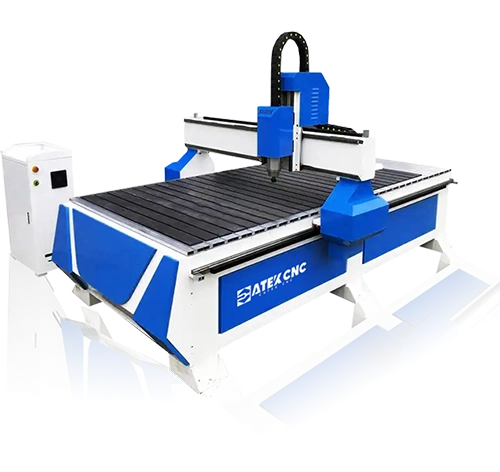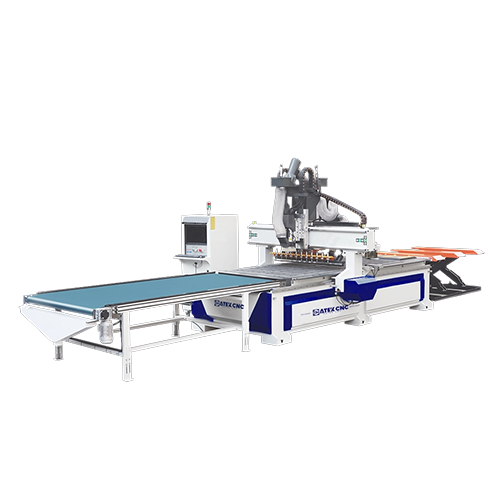Raw material preparation
Choose the right material according to the purpose, style and budget of the door panel. Commonly used materials include solid wood, density board, particle board and plywood. The surface of density board is flat and suitable for various complex processing, such as carving and lamination; particle board has low cost and stable structure; plywood has good bending resistance. For high-end door panels, such as solid wood doors or high-end custom doors, solid wood materials will be selected. These woods have natural texture and texture, which can improve the quality of door panels.
Commonly used woods for Chinese door panels include mahogany, sandalwood, elm, etc. Mahogany has a hard texture, beautiful texture and deep color, which is suitable for making door panels for high-end Chinese furniture. Sandalwood has a unique aroma, high wood density and good durability. Elm is relatively affordable, with clear texture and can also well reflect the Chinese style.
Consider the specifications of the material and ensure that the size of the material can meet the requirements of door panel processing. For example, the standard board size is generally 1220mm×2440mm. This type of board is used for processing and needs to be reasonably cut according to the size of the door panel.
Material pretreatment
For solid wood materials, the moisture content of the wood needs to be controlled. Generally speaking, the moisture content of the wood should be between 12% and 18%. Too high or too low will cause the wood to deform or crack. A combination of natural drying and artificial drying can be used. Natural drying is to place the wood in a well-ventilated place to allow the moisture to evaporate naturally; artificial drying can use drying equipment to accelerate the drying process.
Check the surface flatness and quality of the material. If there are defects, such as pits, bumps or cracks, they need to be repaired or polished. For board materials, dust and impurities on the surface also need to be removed to prepare for subsequent processing.
Develop a cutting plan based on the design size of the door panel and the specifications of the board. Consider how to maximize the use of the board and reduce waste. For example, if the door panel size is 600mm×800mm and the board size is 1220mm×2440mm, the cutting positions of multiple door panels can be reasonably arranged on one board.
Determine the cutting order, generally cutting the long side first, then cutting the short side. This can reduce the movement and deformation of the material during the cutting process.
Use a precision sliding table saw or CNC cutting machine for cutting. When operating the sliding table saw, make sure that the material is close to the backing and the speed is uniform when pushing the material to ensure the flatness of the cut surface. The CNC cutting machine controls the cutting path through pre-programming, which is more accurate and suitable for mass production.
After the cutting is completed, check the quality of the cut surface. The cut surface should be flat and vertical, without obvious burrs and tears. If there are defects, it needs to be polished or cut again.
Modeling processing
If the door panel needs to be engraved with patterns, such as Huiwen, flower and bird groups, etc., it needs to be processed using an engraving machine. First, import the designed pattern file (such as CAD format) into the engraving machine software, and then select the appropriate engraving tool according to the complexity of the pattern and the hardness of the material. For fine patterns, use a tool with a smaller diameter, such as a 0.8-1.5mm flat bottom knife; for large-area engraving, use a tool with a larger diameter, such as a 6-10mm end mill.
Set the parameters of the engraving machine, including spindle speed, feed speed and engraving depth. For example, when engraving density board, the spindle speed can be set at 18000-24000 rpm, the feed speed can be adjusted between 500-2000mm/min according to the tool diameter and the complexity of engraving, and the engraving depth is determined according to the design requirements. Generally, the depth of decorative engraving is 3-5mm.
For door panels with special shapes, such as curved edges, concave and convex shapes, etc., it is necessary to use an engraving machine with milling function for processing. When processing curved edges, the tool path and processing parameters should be set according to the radius and length of the arc. During the milling process, pay attention to the wear of the tool and the processing accuracy. If the tool wears severely, it will affect the quality of the shape, and problems such as surface unevenness or dimensional deviation will occur.
Surface treatment
Grinding treatment:
Grind the door panels after cutting and shaping to make the surface smoother. First, use coarse sandpaper (such as 100-120 mesh) to perform preliminary grinding on the cutting surface and the modeling surface to remove burrs and uneven parts on the surface. Then use fine sandpaper (such as 180-240 mesh) for fine grinding to improve the surface finish.
For the carved pattern part, a combination of manual grinding and mechanical grinding should be used. Manual grinding can better control the grinding force and avoid damaging the pattern details; mechanical grinding can improve efficiency and make the surface of a large area smoother.
Finishing treatment:
Choose a suitable finishing method according to the design style and purpose of the door panel. If it is a kitchen cabinet door, you can choose baking varnish or melamine veneer for waterproofing and easy cleaning. The surface of the baking varnish door panel is bright, hard, and has good wear resistance and corrosion resistance; melamine veneer is rich in color and low in cost. For solid wood door panels, you can also choose solid wood paint, wood wax oil and other finishing methods.
During the finishing process, strictly follow the instructions of the finishing product. For example, the paint needs to be applied in a special paint room. After multiple spraying and baking of primer and topcoat, each layer of paint must be fully dried; when using wood wax oil, ensure that it is evenly applied and that the wood wax oil fully penetrates into the wood to achieve the best protection and decorative effect.
Assembly and installation
Hardware installation:
Install hardware such as hinges and handles according to the functional requirements of the door panel. Select the appropriate hardware model and specification. The bearing capacity of the hinge must be able to meet the weight requirements of the door panel, and the style of the handle must match the overall design of the door panel.
When installing the hinge, ensure that the hinge is positioned accurately and the screws are tightened moderately. Generally, the installation position of the hinge is marked on the door panel and the cabinet body first, and then a screwdriver or power tool is used for installation. When installing the handle, pay attention to the installation height and direction of the handle for the convenience of users.
Door panel installation:
Install the processed door panel on the cabinet body. During the installation process, ensure that the door panel is positioned accurately and the gap between it and the cabinet body is uniform. For the installation of multiple door panels, pay attention to the alignment and flatness between adjacent door panels. You can use tools such as shims or adjustment screws to adjust the position and gap of the door panels.

















